Contributed by DONSTRAVELS
Embracing many of the planet’s highest peaks, Pakistan is the incredible confluence of four great mountain ranges: the Himalayas, Karakoram, Hindukush and Pamir Mountains. For adventure-loving tourists, there are few places in the world that can compare to northern Pakistan in terms of unspoiled natural beauty.
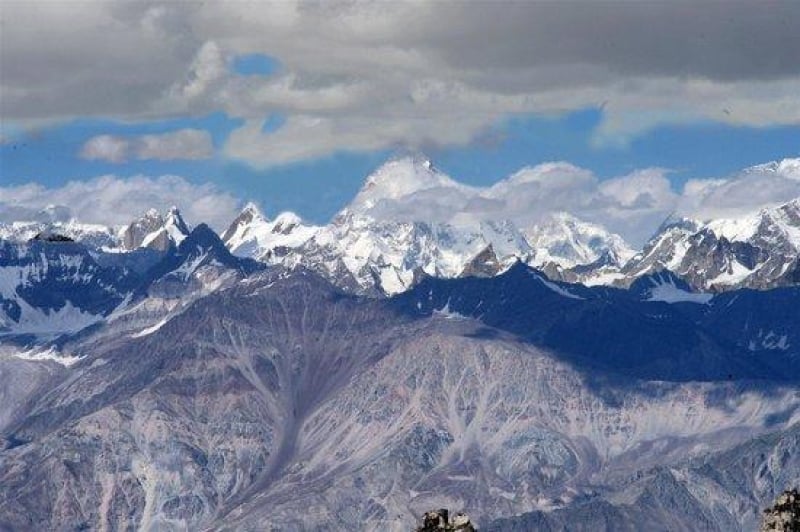
The snow-capped peaks
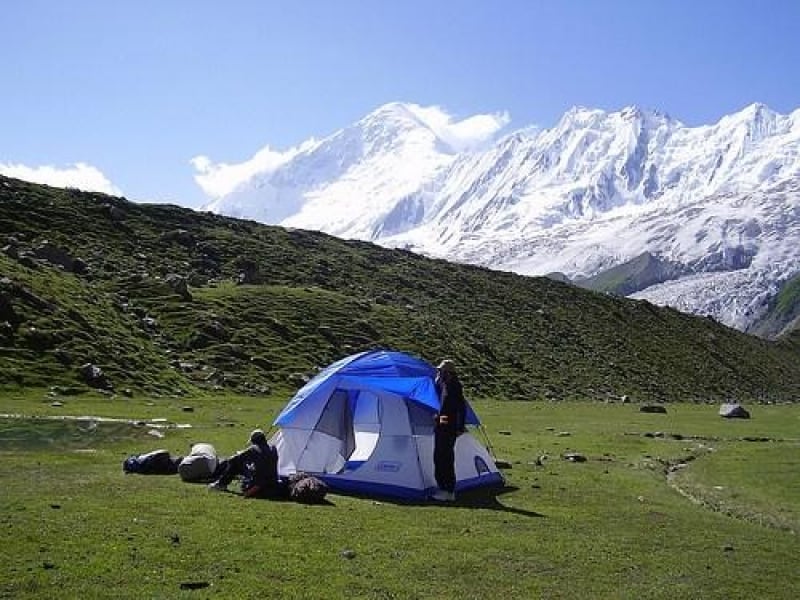
Camping in the mountains
Visiting Skardu, a town in Gilgit-Baltistan region, is like a trip to the land of Narnia where the magical wardrobe door opens up to an enchanted land. The city of Skardu mesmerises visitors with its breathtaking sights that engulf the town.
Towering snow-peaked mountains, crystal clear rivers, high altitude lakes, natural springs, lush green plains and the treasure trove of historical sites make Skardu a must-visit place at any time of the year. It is best avoided in winter because the roads leading up to Skardu would be blocked by snowfall or landslides.
During my trip to Skardu, I had to endure a 17-hour ride up the mountains from Islamabad, but the views were worth the journey.
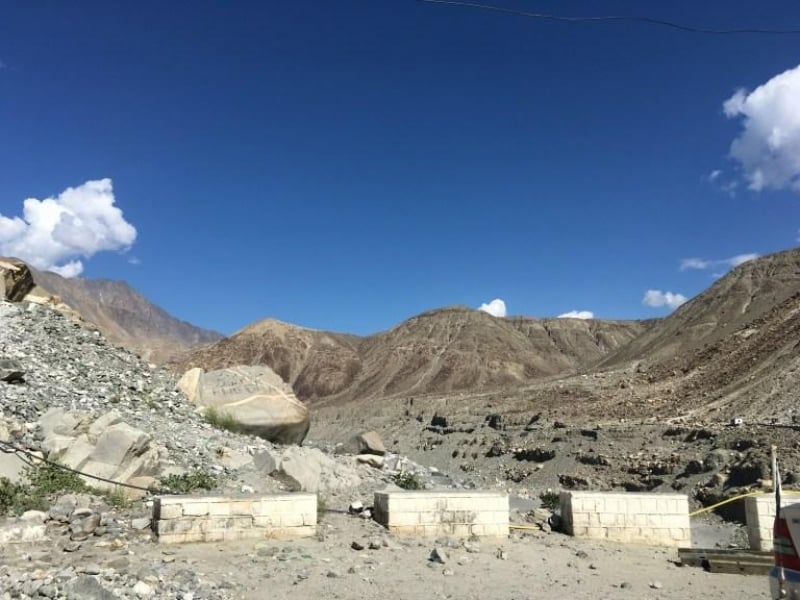
Never bored of this beauty
The Skardu Valley runs ten kilometres along Shigar River and Indus River, surrounded by the majestic mountains of the Karakoram range. Skardu district is located at the confluence of the Indus River and the Shyok River, making it the base camp for leading tourist destinations in the Gilgit-Baltistan region including K-2, the second highest mountain in the world and also purportedly the most difficult mountain in the world to climb. Yes, it is actually easier to scale Mount Everest than K2.
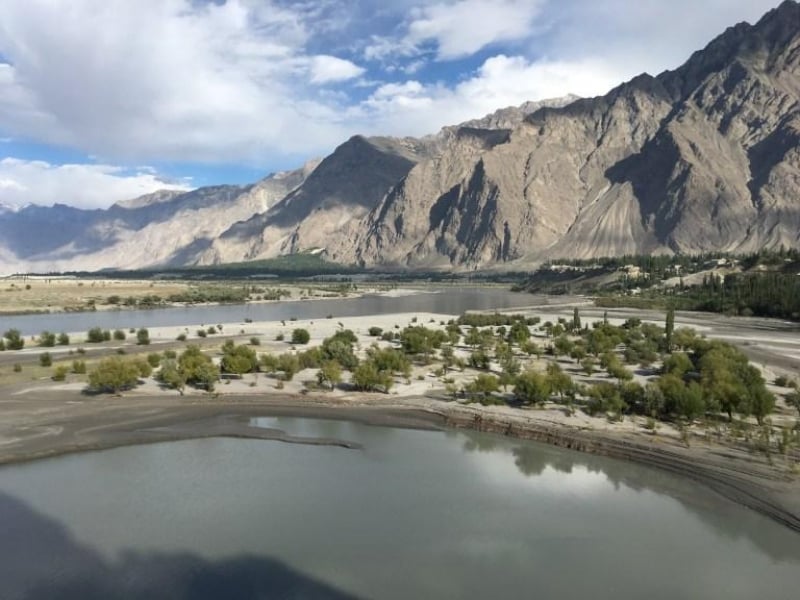
The junction of rivers and great civilisation
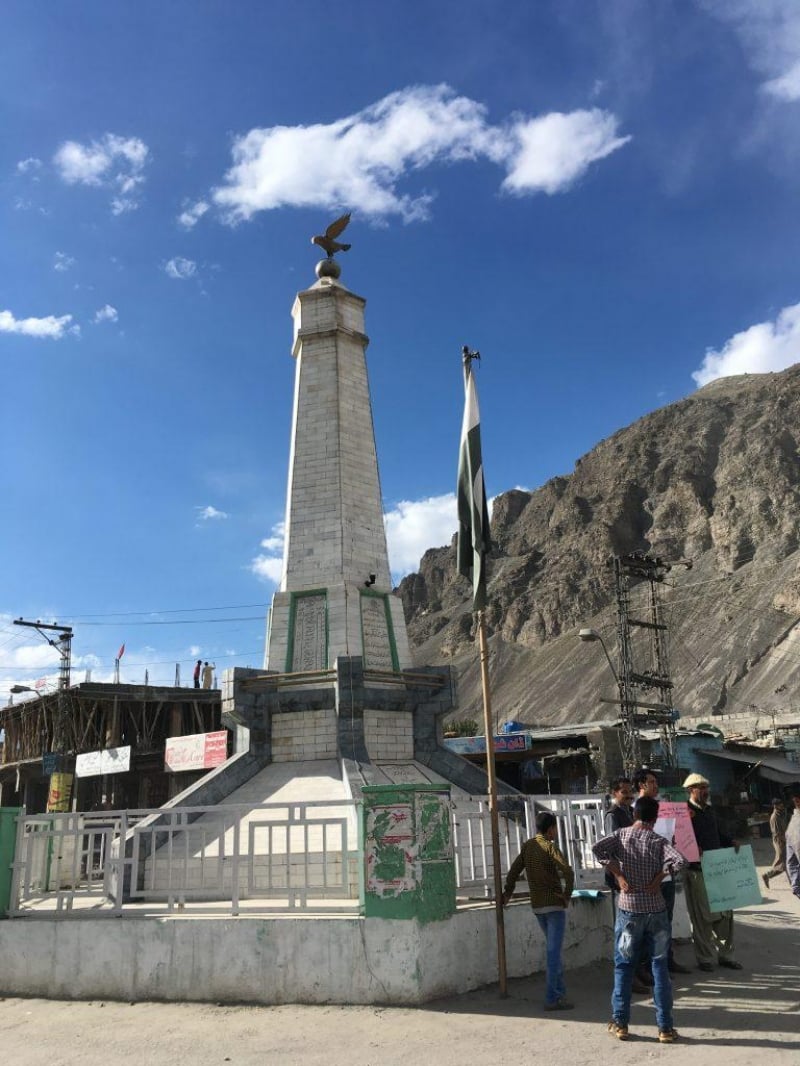
Independence monument in Skardu
Like the rest of mountainous areas, Skardu is almost engulfed in a white veil throughout the year, with a respite between April and September. This is the ideal season to relish the beauty of the area. The long summer hours allow you to explore the forests, view wildflowers and spot the re-emergence of wildlife. The glaciers also melt into splashing rivers at this time.
Attractions to visit
1. K2 Museum
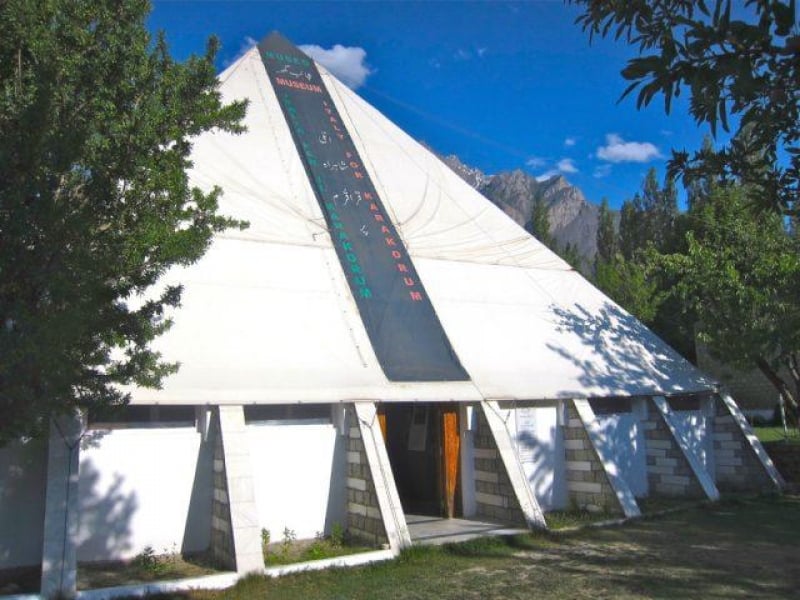
This unique tent-shaped museum showcases the multitude of local culture and expedition maps. The museum is sponsored by the Italian government and is located in the grounds of the PDTC K2 Motel near the bank of the Indus River. Enjoy the numerous historical photos documenting the arduous expeditions of K-2.
2. Skardu Fort
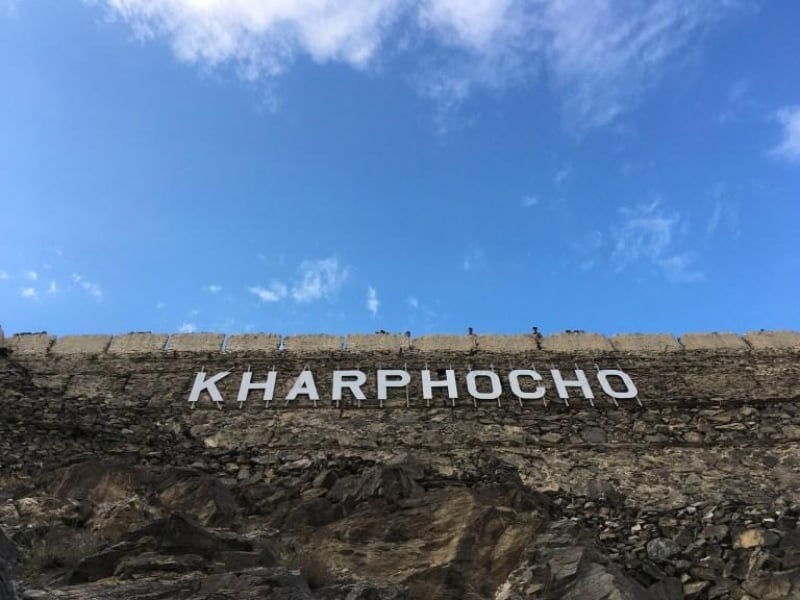
Skardu Fort or Kharpocho translates to the King of Forts. It is perched above the junction of rivers and was built during the reign of King Ali Sher back in the 16th century. The half-hour hike to the top of the fort unveils stunning views of the valley below.
3. Satpara Lake

Located 20km from Skardu, Satpara Lake is accessible by jeep. Boating is available to enjoy the crystal-clear waters which mirror the icy mountains that surround the lake.
4. Deosai Plains
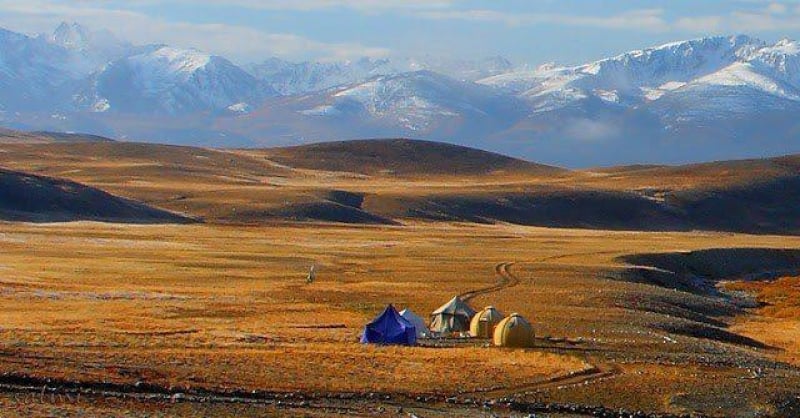
Deosai is popularly known as the “Land of the Giants”. The real beauty of the high plateau lies in its remarkable biodiversity and varied trekking routes which suit all kinds of hikers. There are several springs in Deosai, brimming with trout fish serving as food for locals and bears alike. The Skardu Desert of Pakistan is one of the most unique places on the globe, and one of the few deserts in the world where you can play cricket without breaking a sweat!
5. Shangri-La Resort
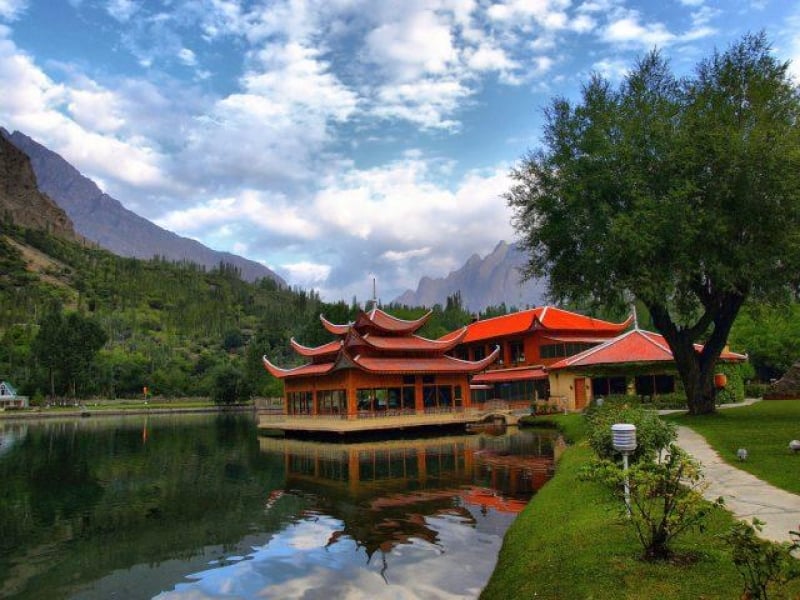
Lake at Shangri-La Skardu
Located at a height of 2,500 metres, this area is more commonly known as “The Roof of the World”. The resort is set in a peaceful area at the foot of the mountain ranges.
After exploring the Skardu area, it is time to head over to the other side of the mountain range towards Gilgit. The journey by bus between Skardu and Gilgit took seven hours even though we were already in the mountains. This is in part due to the uneven and windy mountain roads. The conditions only improved after we hit the Karakoram Highway (KKH) at the intersection of N35 and S1.
Gilgit is another beautiful area to explore, with the Hunza valley, turquoise lakes and the KKH that leads all the way to the Chinese border. Gilgit is the largest town along the Karakoram Highway, with a bustling city that makes it a transport hub for vehicles arriving from Islamabad, Skardu or other parts of Northern Pakistan. Located along the Gilgit river, the town has a sizeable population and also serves as a base to explore the surrounding valley.
6. Chalt
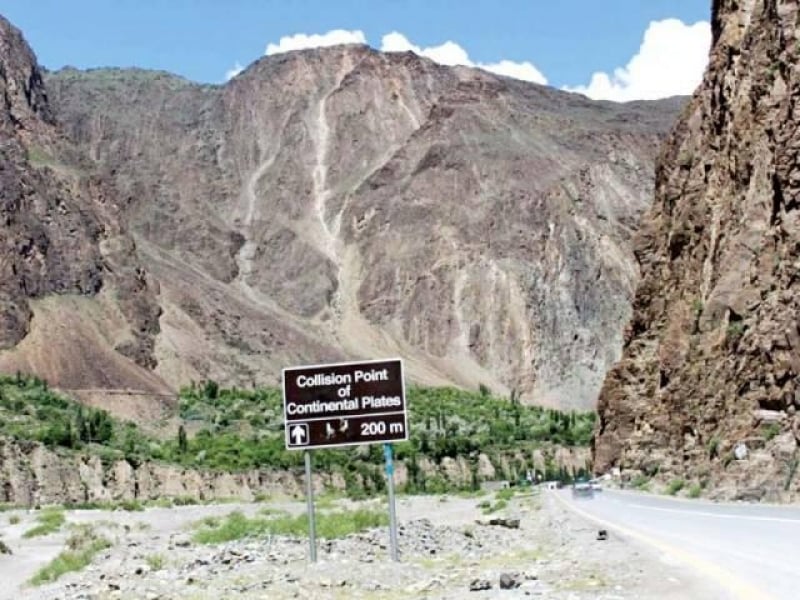
Collision of continental plates
60km from Gilgit you will pass the point at Chalt where two continental plates collide! The Indian Subcontinent plate collides with the Asian Plate. Due to this continental collision raise of Karakuram and Himalayas took place, which are highest as well as youngest mountain ranges in the world. This is like a geographer’s paradise.
7. Rakaposhi Glacier
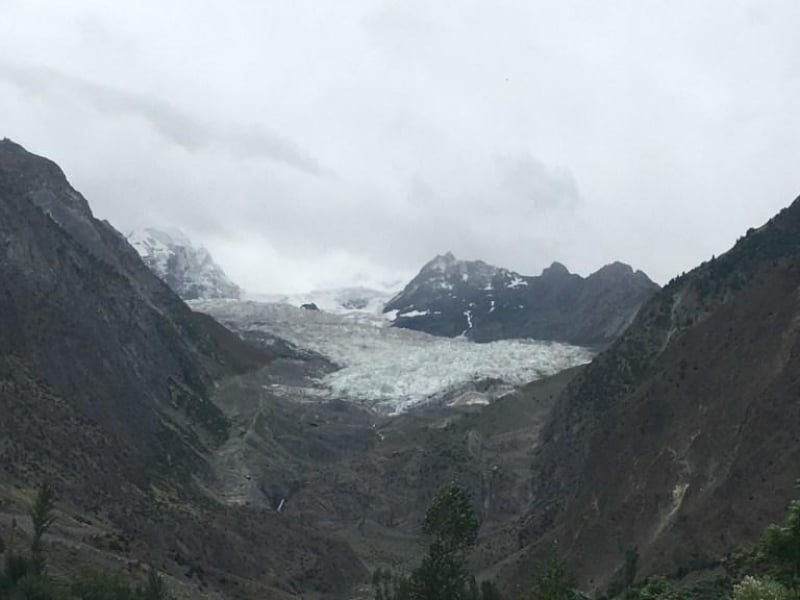
Rakaposhi Glacier in the distance
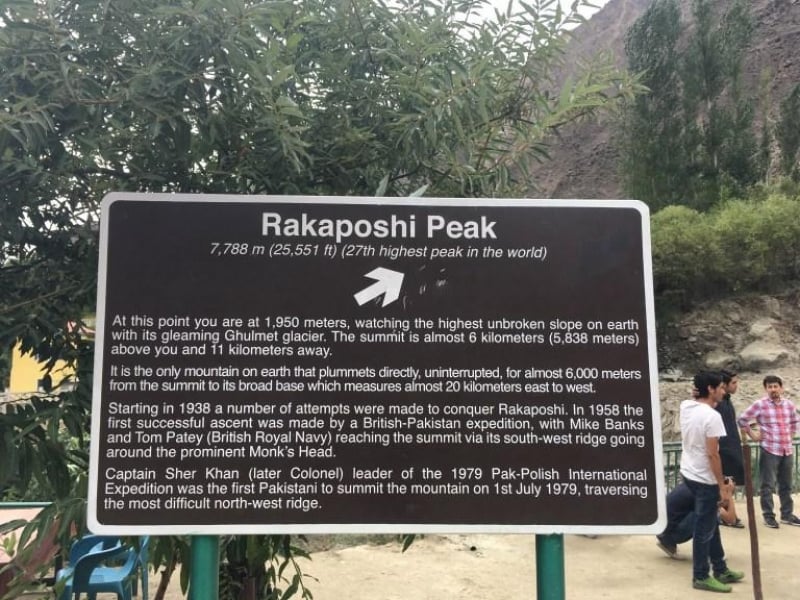
Global warming is real as seen from the rapid melting of the glaciers. A tourist spot in the town of Ghulmat (located in the Nagar Valley) called “Zero Point of Rakaposhi” is the closest convenient viewpoint of the mountain. Since we did not have time, we only managed to hike a small portion of it, not even reaching the start of the glacier. Many tourists en route to Hunza will stop by at Ghulmat to take photos.
8. Hunza Valley
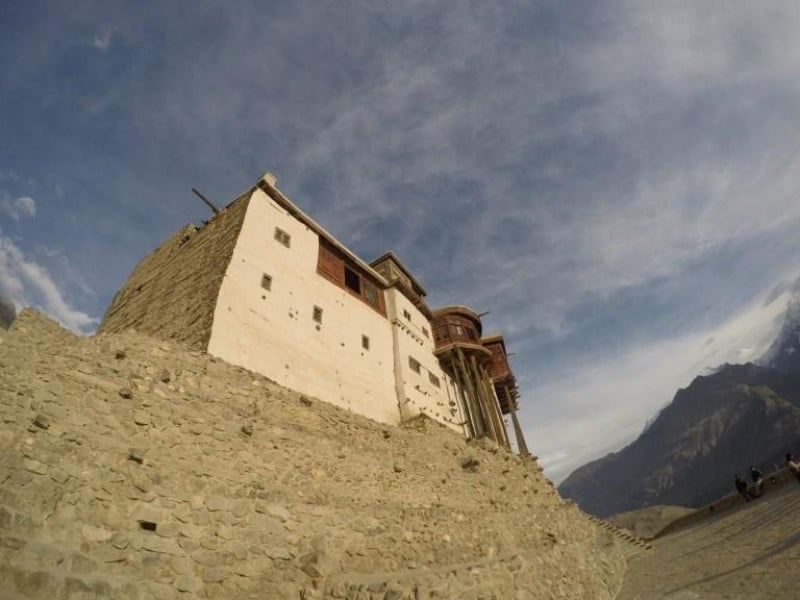
Baltit fort
My favourite place in Gilgit-Baltistan has to be Hunza valley, with Karimabad being the main city. Be transported 700 years back and explore the royal seat of the ruler of Hunza – the Tibetan influenced UNESCO World Heritage Site – Baltit Fort. Walk the cobbled streets of the old settlement of Baltit.
Another fort nearby is the Altit Fort and its surrounding settlement of Altit Khun, the very first fort and birthplace of the Hunza Kingdom.
9. Attabad Lake
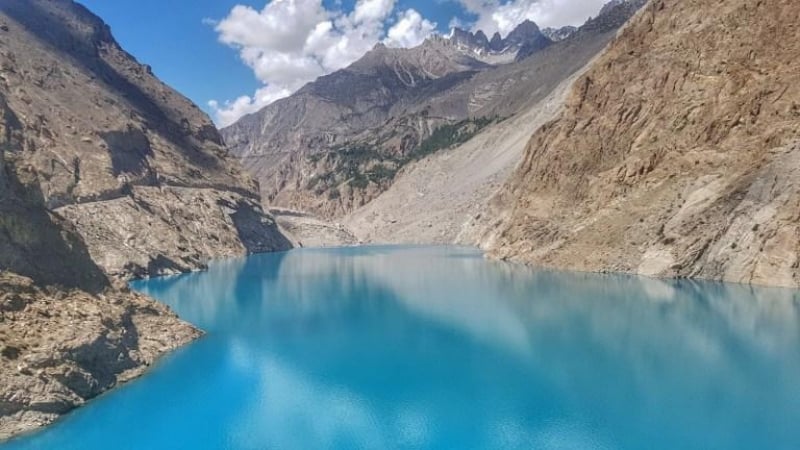
Attabad Lake, also known as Gojal Lake, is another sight to behold. It is a lake in the Gojal Valley of northern Pakistan that was created in January 2010 by a landslide dam which destroyed several villages and forced people to be displaced. Today, Attabad Lake is a popular attraction for fishing or taking a leisurely boat ride across the lake.
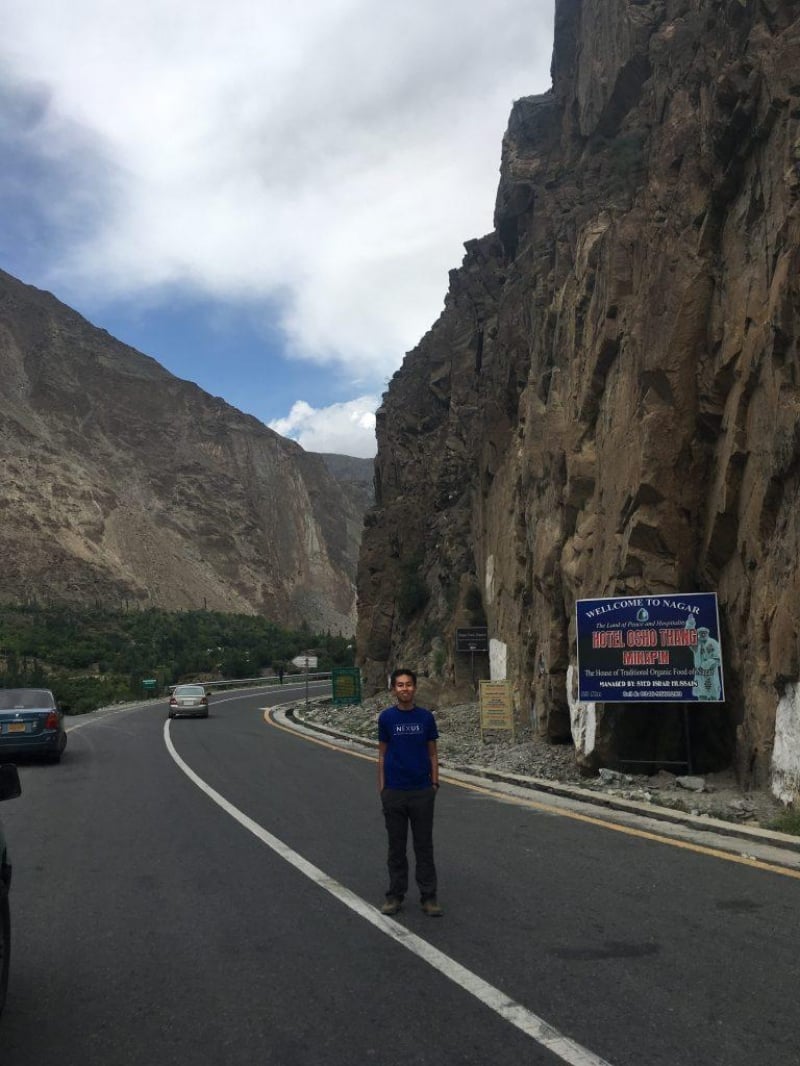
Standing on the Karakoram Highway
Besides Nepal, I think no other country in the world has such varied landscapes in the mountains nor such a dense concentration of mountains in the area as compared to Pakistan. It was saddening when I had to bid goodbye to Gilgit-Baltistan. I know I will be back again someday, to scale one of those mountains. This trip felt like an appetizer of what is to come.
Tips:
- The Pakistani visa has to be applied in the home embassy before entering Pakistan and cannot be done at overseas consulates. Most nationalities would need to apply for a Pakistani visa.
- Malindo Air and Pakistan Airlines have regular flights from Kuala Lumpur, while Thai Airways flies to several Pakistani cities from Bangkok.
Also read: 6 Best Places to Visit in Pakistan for Your First Trip




